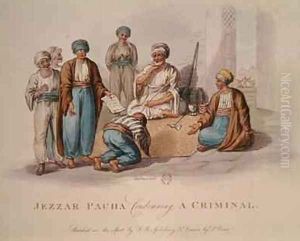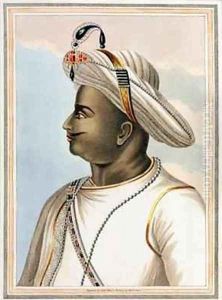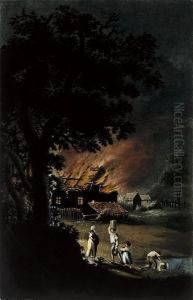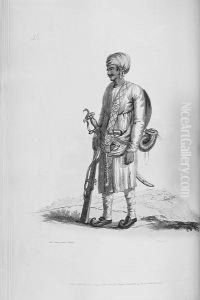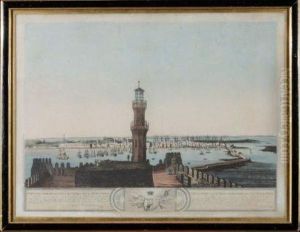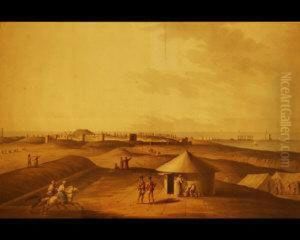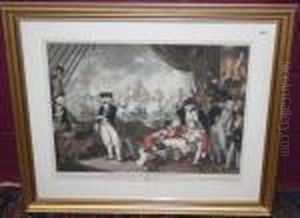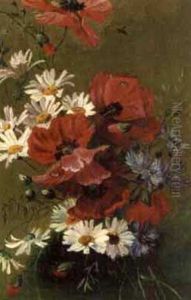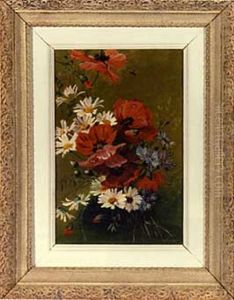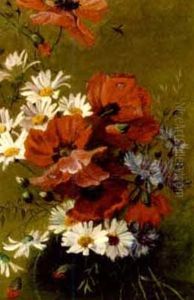Orme, Edward Paintings
Edward Orme was a British artist, engraver, and publisher born in 1775. He was a prominent figure in the early 19th century, known for his contributions to the world of fine arts, especially in the realm of printmaking and publishing. Orme's work is often associated with the Romantic period, a time when art and literature saw a shift towards emphasizing emotion and individualism, a reaction against the Industrial Revolution and the aristocratic social and political norms of the Age of Enlightenment.
Orme's career was multifaceted; he was not only an artist in his own right but also an entrepreneur who understood the commercial aspects of the art world. He established his own gallery and print shop in London, which became a hub for art lovers and collectors. Orme specialized in producing and selling high-quality aquatints, a form of fine art printmaking that was popular during this period. His subjects varied widely, including landscapes, military scenes, and illustrations of historical events, reflecting the wide-ranging interests of the Romantic era.
One of Orme's significant contributions to the art world was his involvement in publishing illustrated books. He capitalized on the growing interest in exotic landscapes and cultures, producing works that featured scenes from across the British Empire, including India and the Middle East. These publications were not only artistic endeavors but also served as important records of the places and peoples encountered by British explorers and colonists.
Despite his success, Edward Orme remains a somewhat elusive figure in art history. His work as a publisher and promoter of art often overshadowed his personal artistic contributions. Nevertheless, his legacy is preserved in the collections of major museums and libraries, where his prints and illustrated books continue to be studied and admired.
Edward Orme passed away in 1848, but his impact on the art world, particularly in the realm of printmaking and publishing, endures. His career exemplifies the interconnectedness of art, commerce, and exploration during a pivotal period in British history.
